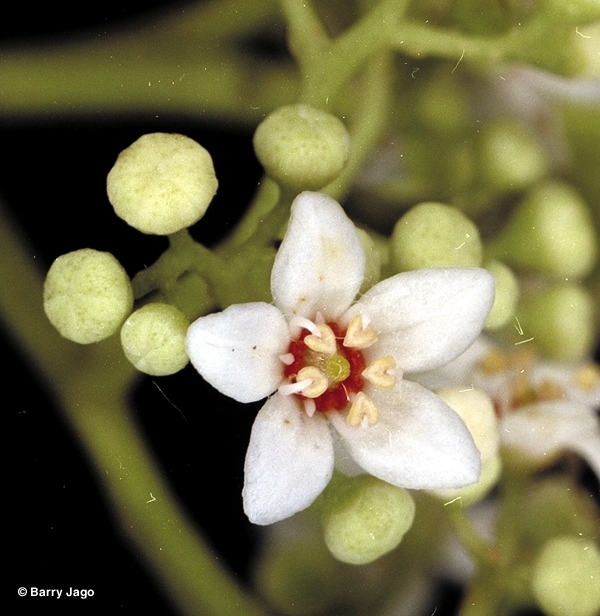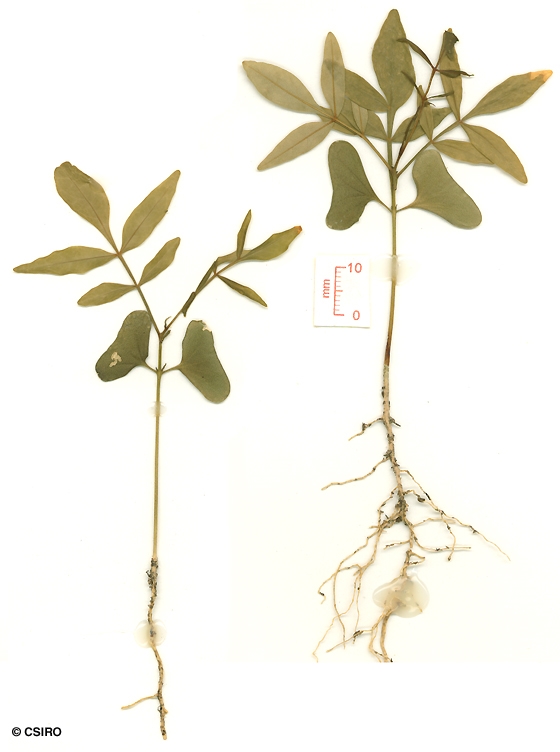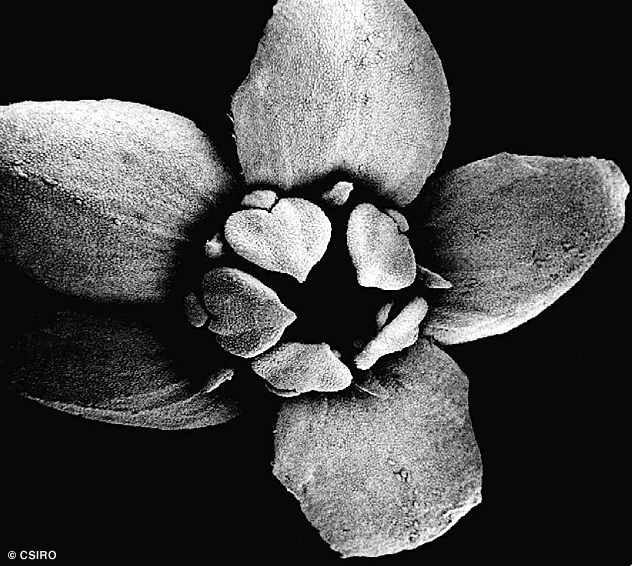Australian Tropical Rainforest Plants - Online edition
Flindersia ifflana F.Muell.







Mueller, F.J.H. von (1877) Fragmenta Phytographiae Australiae 10: 94. Type: Ad oram Trinity-Bay; W. Hill.
Hickory Ash; Cairns Hickory; Ash, Hickory; Hickory, Cairns
Bark thick and deeply fissured on large trees but nondescript on small trees.
Lateral leaflet blades about 6-13.5 x 2.8-5.2 cm, with about 15-36 lateral veins on each side of the midrib. Compound leaf axis somewhat flattened, margin angular or shortly winged towards the base.
Capsules not disintegrating following dehiscence, about 3-7 cm long, outer surface muricate. (Backs of the valves covered with short, broad, volcano-shaped humps.) Capsules normally present beneath mature trees, valves adhering by their bases and spreading like a flower.
Cotyledons obdeltoid to reniform, much wider than long, about 6-10 x 15-20 mm. Oil dots sparse, visible with a lens. At the tenth leaf stage: leaflet blades ovate, terminal leaflet attenuate at the base, lateral leaflets +/- sessile, midrib raised on the upper surface; oil dots numerous, visible to the naked eye; petiole and rhachis of compound leaf winged. Seed germination time 7 to 25 days.
Occurs in CYP and NEQ. Altitudinal range from near sea level to 1100 m. Grows in drier, more seasonal rain forest often associated with Kauri Pine (Agathis robusta), also found in beach forest and low closed forest on old sand dunes. Also occurs in New Guinea.
This species produces a yellowish timber which is very durable and generally useful for a variety of purposes from bridge girders to chisel handles.
The timber of this species has been used in the manufacture of pulleys, piles, floors (floor slats, dance floors), carriage body framing, house stumps and window sills, ships decking, diving springboards, fishing rods, tool handles (axe, hammer, brush-hook, adze, pick and grubber), house framing, sleepers, vaulting poles. Swain (1928).
Wood specific gravity 0.98. Cause et al. (1989).





